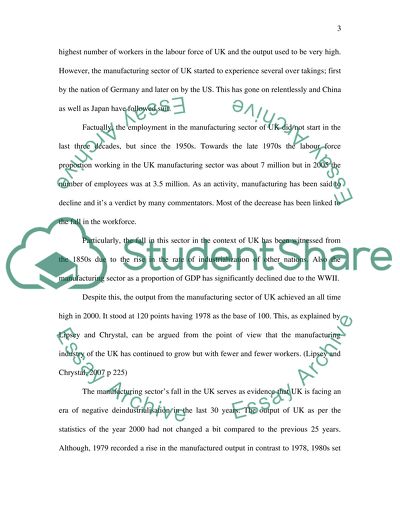Cite this document
(“British economy Essay Example | Topics and Well Written Essays - 2250 words”, n.d.)
British economy Essay Example | Topics and Well Written Essays - 2250 words. Retrieved from https://studentshare.org/miscellaneous/1553293-british-economy
British economy Essay Example | Topics and Well Written Essays - 2250 words. Retrieved from https://studentshare.org/miscellaneous/1553293-british-economy
(British Economy Essay Example | Topics and Well Written Essays - 2250 Words)
British Economy Essay Example | Topics and Well Written Essays - 2250 Words. https://studentshare.org/miscellaneous/1553293-british-economy.
British Economy Essay Example | Topics and Well Written Essays - 2250 Words. https://studentshare.org/miscellaneous/1553293-british-economy.
“British Economy Essay Example | Topics and Well Written Essays - 2250 Words”, n.d. https://studentshare.org/miscellaneous/1553293-british-economy.


